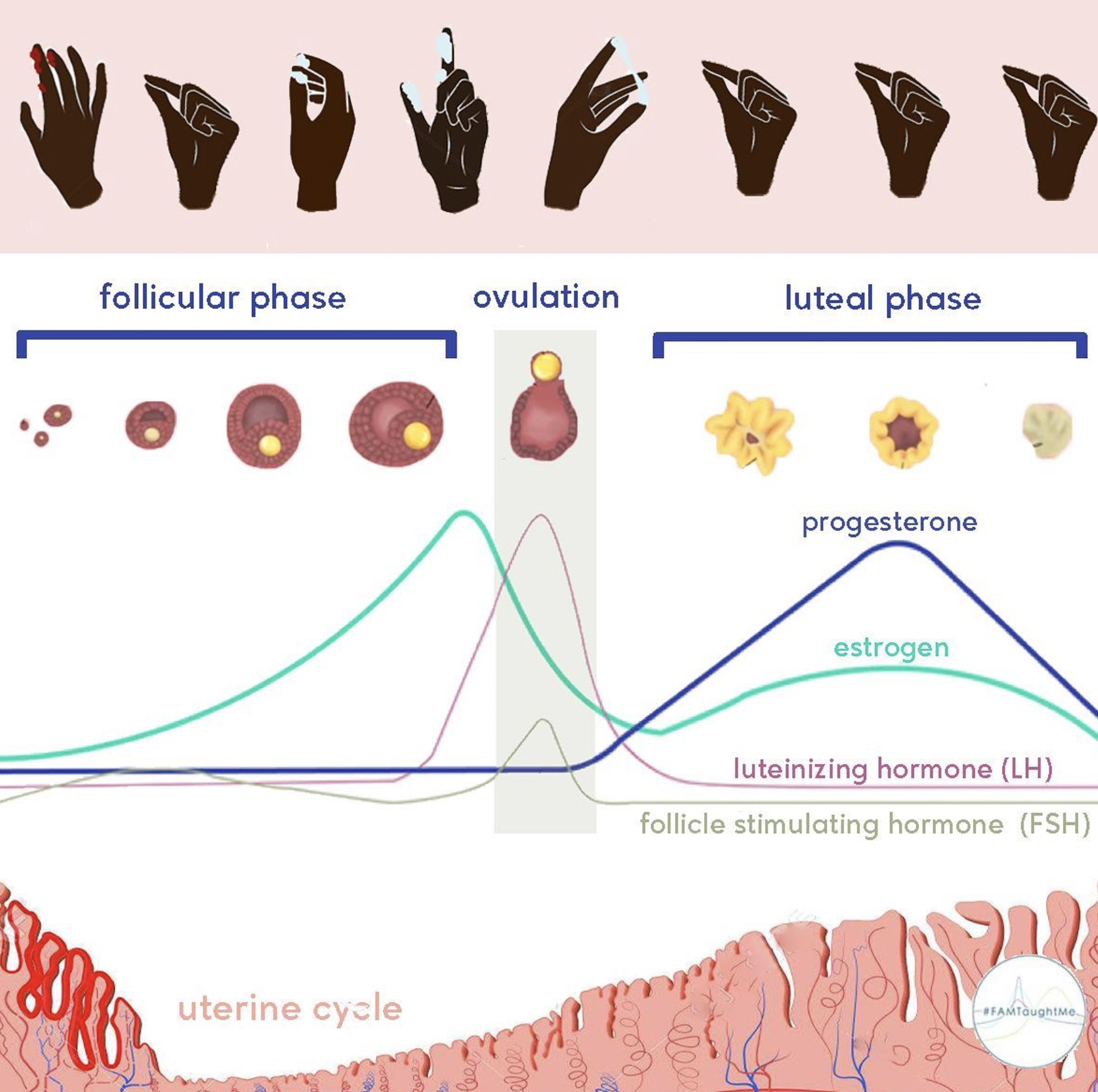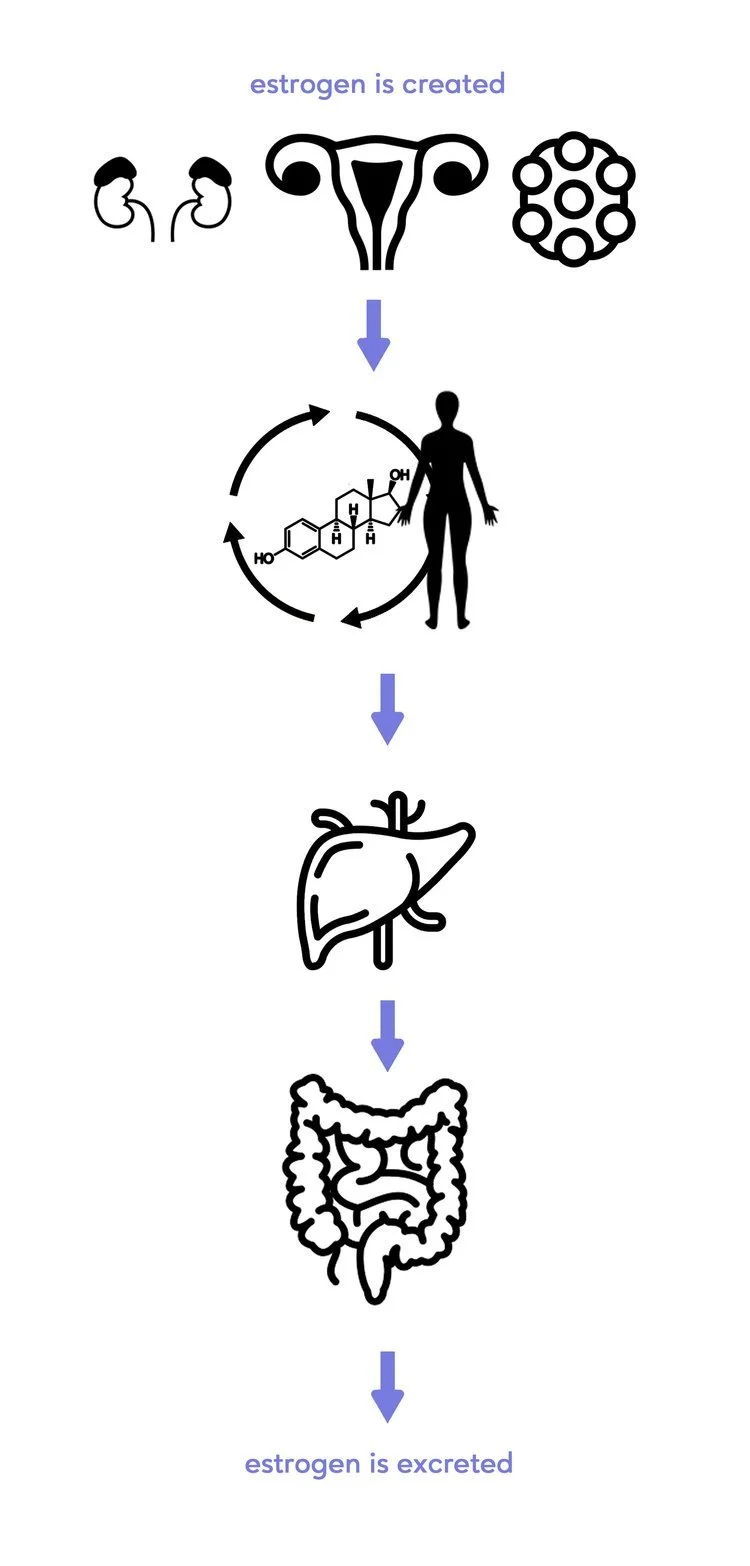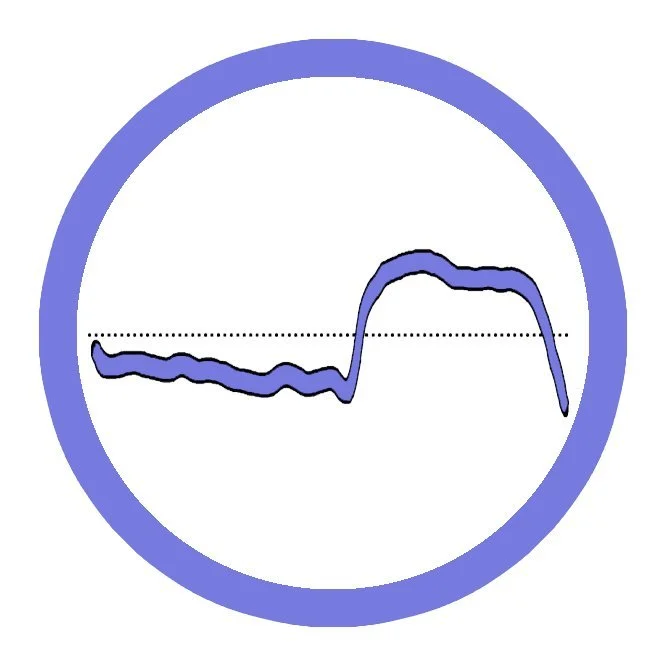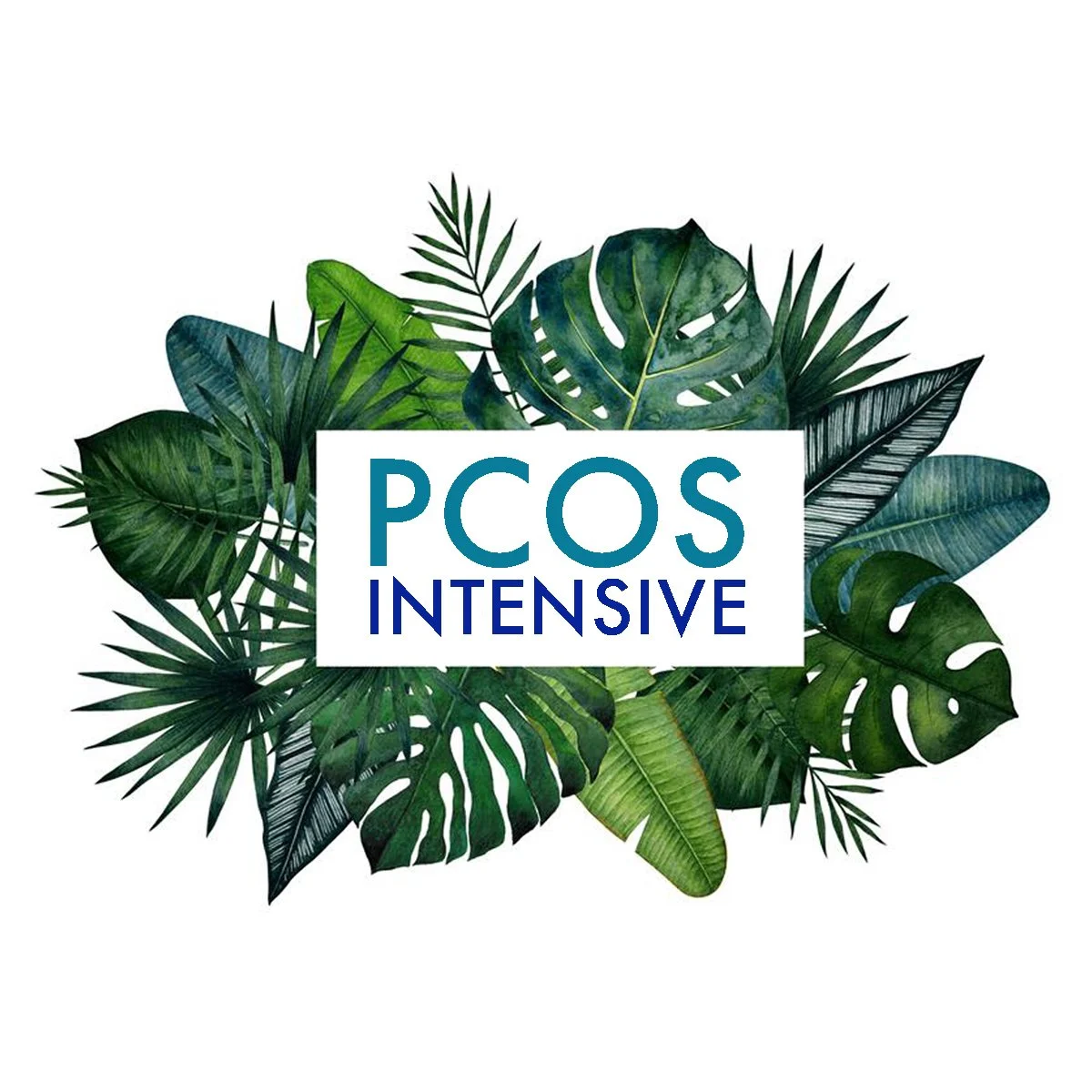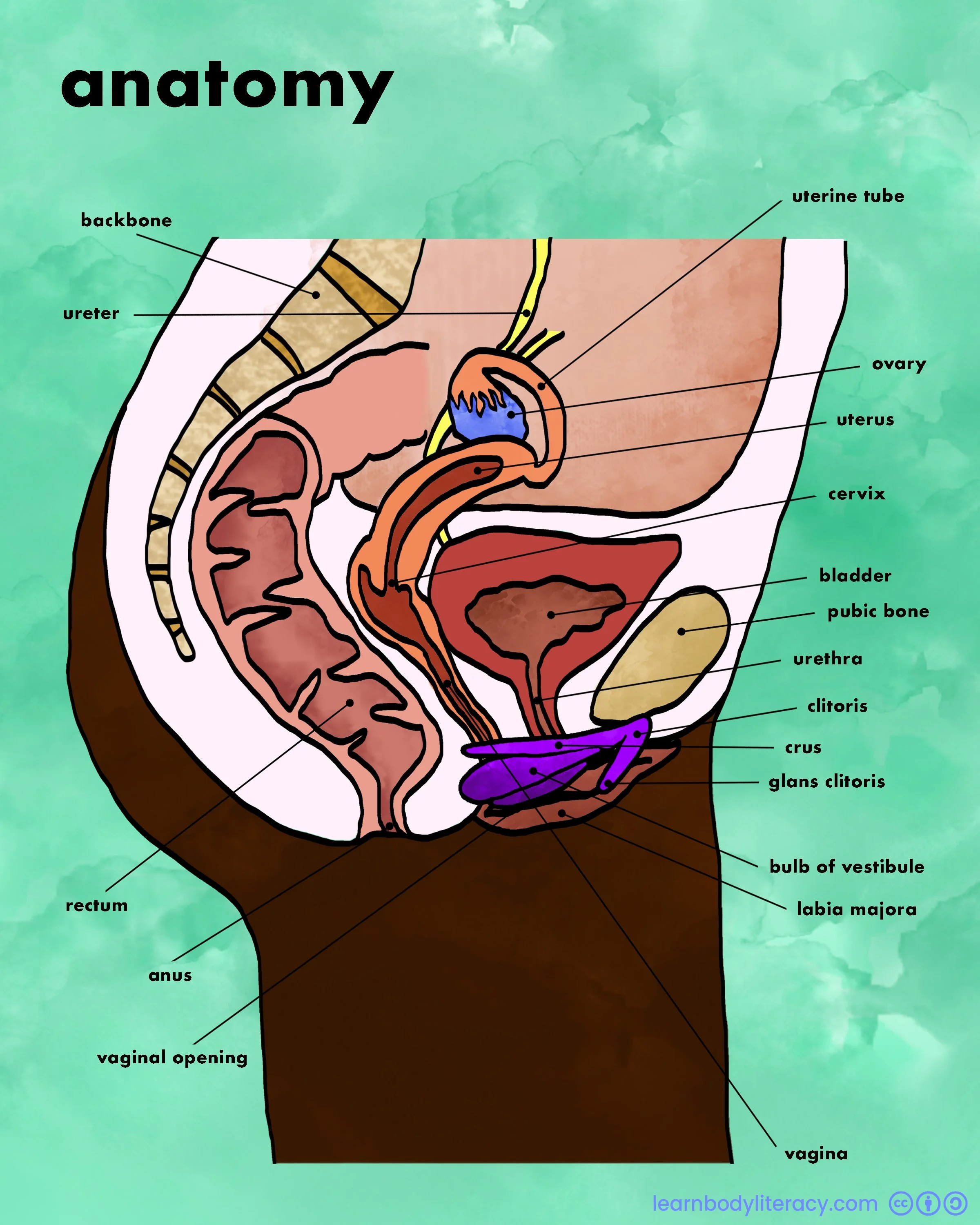Fertility Awareness for Overall Health
Charting with fertility awareness gives you invaluable insight into your overall health and body literacy can assist you with various health issues. By creating unique charts, you can spot patterns that are useful to guide your preventative health and treatment plans.
-
Menstrual Health Educators
Each phase of the cycle corresponds with the fluctuations of certain hormones, and each fertility observation has a meaning.
These are the patterns that menstrual health educators are trained to identify and they can give you accurate information to make sure you get the best healthcare possible. You may need multiple people on your healthcare team who can work with you, like fertility awareness educators, physical therapists, herbalists, naturopaths, Traditional Chinese Medicine practitioners, and others, in addition to your gynecologist and primary care physician.
The goal is to use this unique data to enrich yourself with knowledge, advocate for your needs, and create a holistic care plan that honors your body’s natural rhythms.
-
Integrated Care Therapies
Learning to chart your menstrual cycle begins with you, your motivation, your goals, and the intentional steps you take. Menstrual charting is a powerful tool for identifying areas where your body needs support, helping you make informed decisions about the types of healing and care that resonate with you. These approaches can be cultural, psychological, or spiritual, often extending beyond the limits of conventional Western medicine.
Whether or not you choose to work with holistic practitioners, the reality is that they aren't with you around the clock. That’s why it’s essential to build self-trust and body literacy. You deserve peace and well-being without the financial burden, limitations, or frustrations of the mainstream healthcare system. With autonomous menstrual care, you can take control of your cycle independently or connect with others in small, supportive community settings.
-
FAM Charts Provide Reliable Data
Fertility awareness charts provide reliable, stable data patterns. While they are most commonly associated with identifying the fertile window, the broader value lies in the full spectrum of biomarkers they reveal. Biomarkers include both primary and secondary signs of fertility such as cervical mucus, basal body temperature, and luteinizing hormone surges, as well as additional health indicators you may track over time.
By observing consistent patterns across different phases of the menstrual cycle, individuals can begin to interpret these signals to identify potential underlying issues. This process supports more accurate, informed approaches to addressing reproductive or hormonal concerns. While initial interpretations may not immediately lead to a definitive diagnosis or solution, the accumulated data offers a dependable and individualized foundation for clinical insight. Over time, these patterns enhance menstrual cycle literacy and support greater autonomy in managing reproductive health.

The fertility awareness chart is a unique
bio-profile of a menstruating person.
Here are some of the many ways that fertility awareness can help you understand your overall health:
Measure Your Hormones
The fertility awareness chart is an alternative way to measure our hormones because of the way that the fertility signs are expressed and observed. The hormonal data you collect is stable because the hormones are viewed in context across the entire cycle, or many cycles.
Estrogen is the primary hormone in the pre-ovulatory half of the cycle.
Progesterone is the primary hormone in the post-ovulatory half of the cycle.
Fertility awareness helps in identifying health patterns over time. Each chart has unique data points, but changes in the overall pattern can reveal various health challenges.
Image depicting several fertility awareness charts arranged in a row so that the regular menstrual pattern can be assessed.
Measuring Estrogen
By observing key biomarkers like menstrual blood and cervical fluid, we better understand the hormone estrogen, in context.
The characteristics of menstrual blood, such as flow, color, and duration, can reflect the influence of estrogen on the uterine lining.
Cervical fluid charting is another valuable tool. As estrogen rises before ovulation, it produces noticeable changes in cervical mucus, making it more clear, stretchy, and slippery. These shifts are direct indicators of estrogenic activity in the body, helping individuals track hormonal patterns naturally and non-invasively.
Measuring Progesterone
Fertility awareness accurately tracks progesterone levels by monitoring basal body temperature (BBT). After ovulation, rising progesterone causes a slight but sustained increase in BBT, signaling a healthy luteal phase.
Charting temperature shifts reveals issues like delayed ovulation, low progesterone, or a short luteal phase. Progesterone levels connect to issues like fertility, mood, and other health aspects. Subtle patterns in the luteal phase offer important clues about hormonal balance and overall reproductive health.
Painful, Heavy, or Clotted Menstruation
Fertility awareness charting aids in uncovering the root causes of painful, heavy, or clotted menses by revealing hormone imbalances like high estrogen or low progesterone. Charting your menstrual bleed quality offers insight into how well your body is metabolizing estrogen, regulating inflammation, and shedding the uterine lining.
Hypothalamic Amenorrhea
Fertility awareness charting can help identify hypothalamic amenorrhea by showing consistently low basal body temperatures, lack of cervical fluid, and absent ovulation. These patterns signal hormonal disruption, often caused by stress, under-eating, or over-exercising, offering valuable clues for recovery and cycle restoration.
Polycystic Ovary Syndrome
Fertility awareness charting can reveal signs of PCOS by the biomarkers of irregular or absent ovulation, long cycles, and inconsistent cervical fluid patterns. These clues reflect hormonal imbalances like elevated androgens or insulin resistance, helping identify cycle disruptions and supporting more personalized care.
Gut and Intestinal Issues
Fertility awareness charting can reflect gut health issues through signs like inflammation during menstruation, estrogen issues, and cyclical digestive changes. Because the gut helps regulate hormone metabolism, disruptions can arise in your charts, offering insight into how digestion and hormonal balance are connected.
Emotional and Psychological Management
Fertility awareness charting helps with emotional and psychological well-being by revealing how mood shifts align with hormonal changes throughout the cycle. Recognizing these patterns fosters self-awareness, reduces anxiety, and empowers more compassionate, informed responses to emotional highs and lows. Physiological stressors can also be addressed as part of mental health care.
Next to for contraception >>

